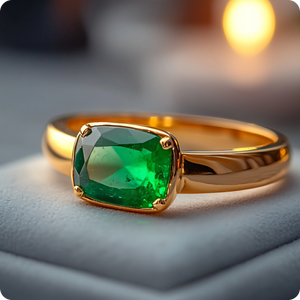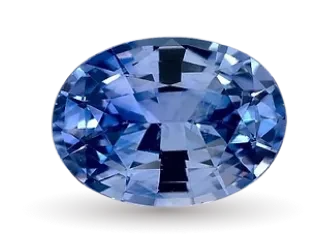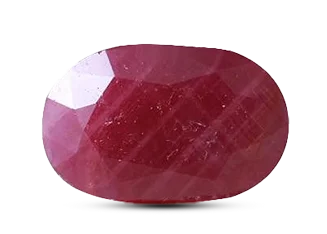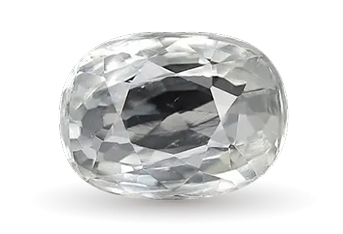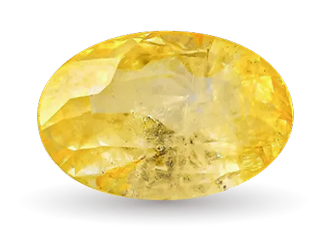At different weights, different gemstones exhibit distinct rarity patterns. For instance, the price of diamonds and rubies soars above one carat. Due to its greater abundance, amethyst has a softer pricing curve as weight increases.
The "Four Cs" (Carat, Cut, Colour, Clarity) include carat as one of their components. A higher-carat stone with obvious imperfections or a dull hue may be less expensive than a lower-carat gem with outstanding colour and clarity.
Cutting larger rough stones without sacrificing colour or clarity is more difficult. Skilled cutters frequently forgo more material in order to maintain quality, which raises labour and expenses.
Particularly for rings, stones weighing between 0.90 and 1.50 carats are highly sought after. In these weight ranges, the price is disproportionately raised by this demand.
Choosing Right Carat Weight for Different Jewellery
It is essential to understand that each piece of jewellery requires different carat size of the gemstone. Henceforth, let’s have a look at the different jewellery pieces and what will be best suited for them-
Ring
- Stones weighing 0.50 to 2.00 carats are frequently found in engagement rings.
- One-carat stones strike a balance between comfort and size for everyday use.
- Larger stones could need protective designs or elevated placements.
Earrings
- Studs that weigh between 0.25 and 1.50 carats each ear look their best.
- For understated elegance, smaller quantities, such as 0.50 ct total, are perfect.
Pendants
- A bold yet well-balanced statement can be made with any carat between 1.00 and 3.00.
- Bigger pendants could be appropriate for formal or celebratory settings.
Bracelets
- Smaller gemstones (0.10 to 0.50 ct) are typically used for comfort and adaptability.
- Symmetry and elegance are guaranteed by uniform size.
Tips for Buying Gemstones by Carat Weight
Some of the important tips to consider while buying any jewellery with gemstone-
- Don't Depend Just on Carat
Always verify the stone's form and measurements in millimetres.
- Side-by-Side Stone Comparison
Request size comparison images, particularly when making an online purchase.
- Cut, Clarity, and Carat Weight in Balance
A clear gemstone that is smaller and well-cut tends to look better than one that is heavy yet has flaws.
To save a lot of money, look for stones that are little less than common benchmarks like 1.00 or 2.00 ct.
- Seek out designs for smart settings.
Smaller stones can appear larger in bezel or halo settings.
Conclusion
It takes more than just knowledge of colour and shape to select the ideal gemstone. Despite being commonly used, carat weight doesn't provide all the information. You may now choose beautiful gemstones with greater confidence and intelligence according to this Gemstone Carat Weight Guide.
To compare stones, steer clear of frequent mistakes, and select the one that best suits your needs and style, consult the Gemstone Carat Weight Chart and gemstone size guide on a regular basis.

 Emerald (Panna)
Emerald (Panna)
 Ruby (Manik)
Ruby (Manik)
 Yellow Sapphire (Pukhraj)
Yellow Sapphire (Pukhraj)
 Blue Sapphire (Neelam)
Blue Sapphire (Neelam)
 White Sapphire (Safed Pukhraj)
White Sapphire (Safed Pukhraj)
 Hessonite (Gomed)
Hessonite (Gomed)
 Red Coral (Moonga)
Red Coral (Moonga)
 Pearl (Moti)
Pearl (Moti)
 Cats Eye (Lahsuniya)
Cats Eye (Lahsuniya)
 Opal (Dudhiya Pathar)
Opal (Dudhiya Pathar)
 Red Garnet (Rakt Mani)
Red Garnet (Rakt Mani)
 Moonstone (Chandrakant)
Moonstone (Chandrakant)
 Carnelian (Rat-Ratua)
Carnelian (Rat-Ratua)
 Peridot (Mani Stone)
Peridot (Mani Stone)
 Green Onyx (Sulemani)
Green Onyx (Sulemani)
 Jade (Crassula)
Jade (Crassula)
 Citrine (Sunela)
Citrine (Sunela)
 Amethyst (Jamunia)
Amethyst (Jamunia)
 Aries (Mesh)
Aries (Mesh)
 Taurus (Vrushabh)
Taurus (Vrushabh)
 Gemini (Mithun)
Gemini (Mithun)
 Cancer (Kark)
Cancer (Kark)
 Leo (Sinh)
Leo (Sinh)
 Virgo (Kanya)
Virgo (Kanya)
 Libra (Tula)
Libra (Tula)
 Scorpio (Vrishchik)
Scorpio (Vrishchik)
 Sagittarius (Dhanu)
Sagittarius (Dhanu)
 January Birthstone
January Birthstone
 February Birthstone
February Birthstone
 March Birthstone
March Birthstone
 April Birthstone
April Birthstone
 May Birthstone
May Birthstone
 June Birthstone
June Birthstone
 July Birthstone
July Birthstone
 August Birthstone
August Birthstone
 September Birthstone
September Birthstone
 October Birthstone
October Birthstone
 November Birthstone
November Birthstone
 December Birthstone
December Birthstone
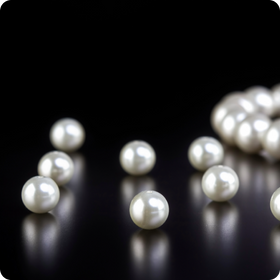
 Emerald Rings
Emerald Rings
 Yellow Sapphire Rings
Yellow Sapphire Rings
 Blue Sapphire Rings
Blue Sapphire Rings
 Ruby Rings
Ruby Rings
 Red Coral Rings
Red Coral Rings
 Pearl Ring
Pearl Ring
 White Sapphire Ring
White Sapphire Ring
 Amethyst Ring
Amethyst Ring
 Aquamarine Ring
Aquamarine Ring
 Blue Topaz Ring
Blue Topaz Ring
 Silver Jewellery
Silver Jewellery
 Gold Jewellery
Gold Jewellery
 Panchdhatu Jewellery
Panchdhatu Jewellery
 Rose Gold Jewellery
Rose Gold Jewellery
 Platinum Jewellery
Platinum Jewellery

